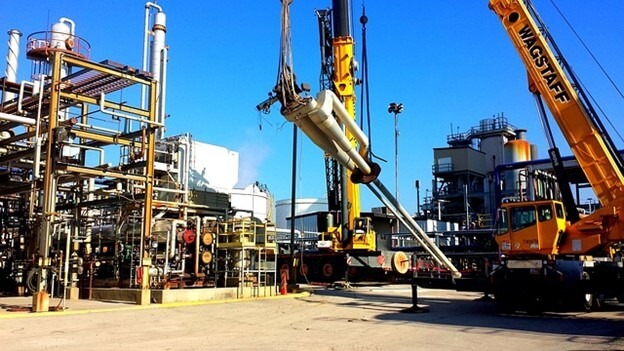Key Points:
- Stable Oil Prices: Brent futures increased 0.1% to $83.33; WTI steady at $78.80 per barrel.
- Weekly Gains: Brent and WTI futures recorded gains of 0.7% to 1.4%, driven by a softer dollar and shrinking US inventories.
- OPEC’s Role: OPEC maintained its demand forecast 2024, anticipating economic recovery and lower interest rates.
Oil prices exhibited minimal movement in Asian trade on Friday, capping off a week with mildly positive trends. Brent futures for July delivery increased by 0.1% to $83.33 per barrel, while WTI futures remained steady at $78.80 per barrel. Despite the subdued daily activity, Brent and WTI futures recorded weekly gains of 0.7% to 1.4%, primarily driven by a softer dollar and shrinking US inventories.
Economic Factors Lead to Oil Price Stability This Week
Several factors contributed to the relatively stable oil prices observed this week. A softer dollar made oil more attractive for international buyers, while decreased US inventories signalled stronger demand. Additionally, increased fiscal stimulus from China aimed at bolstering its economic recovery also played a role. However, the market faced headwinds as a major industry body lowered its annual demand forecast, citing economic uncertainty in China, exacerbated by higher US trade tariffs on Beijing.
Thursday’s Inflation Data Sparks Oil Price Rise
Thursday was a pivotal day for oil prices. Brent and WTI futures increased significantly, driven by softer-than-expected US consumer inflation data. This development weakened the dollar and boosted speculation about potential Federal Reserve rate cuts by September. These developments buoyed investor sentiment despite global economic uncertainties and the International Energy Agency trimming its annual demand forecast.
Demand Signals: High Summer Travel vs. IEA Forecast
The oil market received mixed signals regarding future demand. On the positive side, a larger-than-expected draw in US inventories and the approaching travel-heavy summer season indicated robust demand. Conversely, the International Energy Agency’s reduction in the annual demand forecast and ongoing global economic uncertainties, sticky inflation, and the prospect of prolonged high interest rates posed significant challenges.
China’s $1 Trillion Bond Plan and OPEC’s Forecast
OPEC maintained its demand forecast for 2024, banking on an eventual economic recovery in China and the possibility of lower interest rates later in the year. To balance the market, the organisation is expected to uphold its production cuts beyond the end of June. Meanwhile, China has announced a $1 trillion bond issuance to boost its sluggish economic recovery. Key data on industrial production and retail sales are due later on Friday. These figures could further influence oil market dynamics.
Oil prices remained largely stable in Asian trade on Friday, with positive and negative factors influencing the market. The interplay between economic indicators, policy decisions, and geopolitical developments will continue to shape oil price movements in the coming weeks.
















